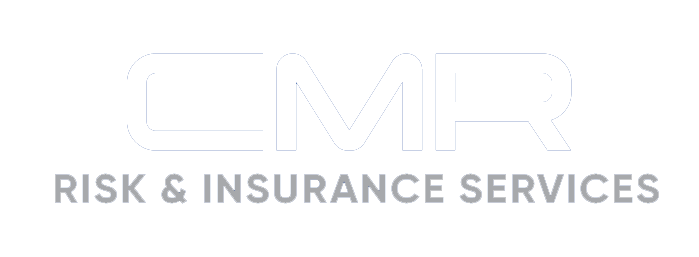Key Drivers of 2025 Health Care Cost Increases

Health care costs in the United States are likely to increase by 7%-8% in 2025, marking multiple years of compounding costs. As 2025 begins, many employers remain curious about what is driving these increases. Here are key factors that will impact rising health care costs:
GLP-1 Drugs
Although initially approved as Type 2 diabetes treatments, glucagon-like peptide-1 (GLP-1) drugs have been found to be effective for weight loss when paired with diet and exercise. GLP-1 drug use for weight loss is already widespread but is expected to increase in popularity. GLP-1 medications typically cost around $1,000 per month. These costly medications are intended to be taken in perpetuity to achieve their benefits. This means that GLP-1 users must use these high-cost treatments on an ongoing basis to experience health benefits.
Cell and Gene Therapies
Cell and gene therapies (CGT) are designed to treat conditions like blood and lung cancer, sickle cell anemia and spinal muscular atrophy. These therapies demonstrate significant medical advancement but come with a high price tag. By 2025, it’s estimated that nearly 100,000 patients in the United States will be eligible for CGT, which could cost $25 billion.
Chronic Health Conditions
Around 90% of U.S. health care spending is on people with chronic and mental health conditions.Chronic conditions include heart disease, stroke, cancer, diabetes, arthritis and obesity. Chronic disease is increasing in prevalence in the United States and is projected tocontinue to do so in 2025 and the upcoming decades.
Aging Populations
Due to increasing life expectancy and decreasing birth rates, the percentage of the U.S. population that is 65 or older continues to rise. Per-person personal health care spending for this population is around five times higher than spending per child and almost 2.5 times the spending per working-age person.
Employer Takeaway
Rising health care costs may be unavoidable, but informed employers can better understand these trends and act appropriately. Contact us today for more resources.
Article Published By: Zywave, Inc.
